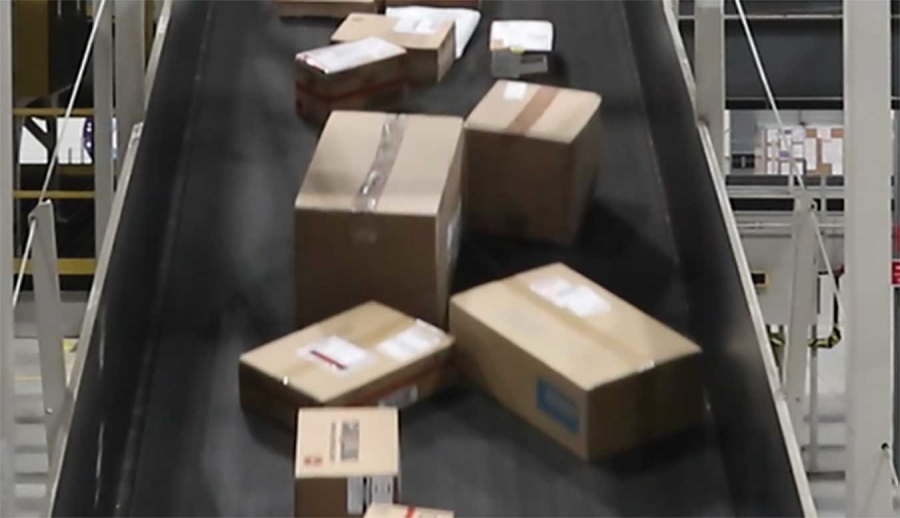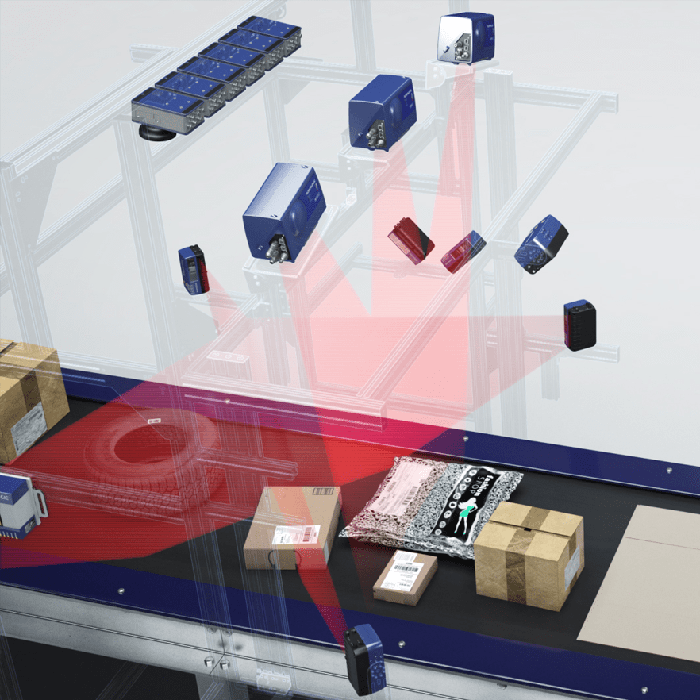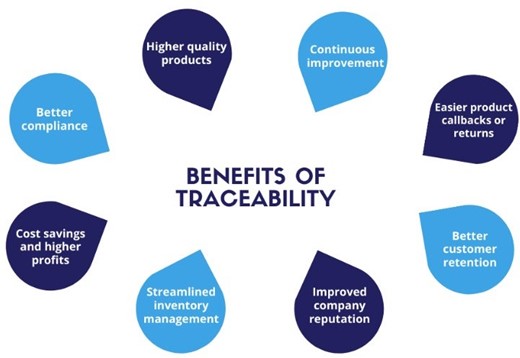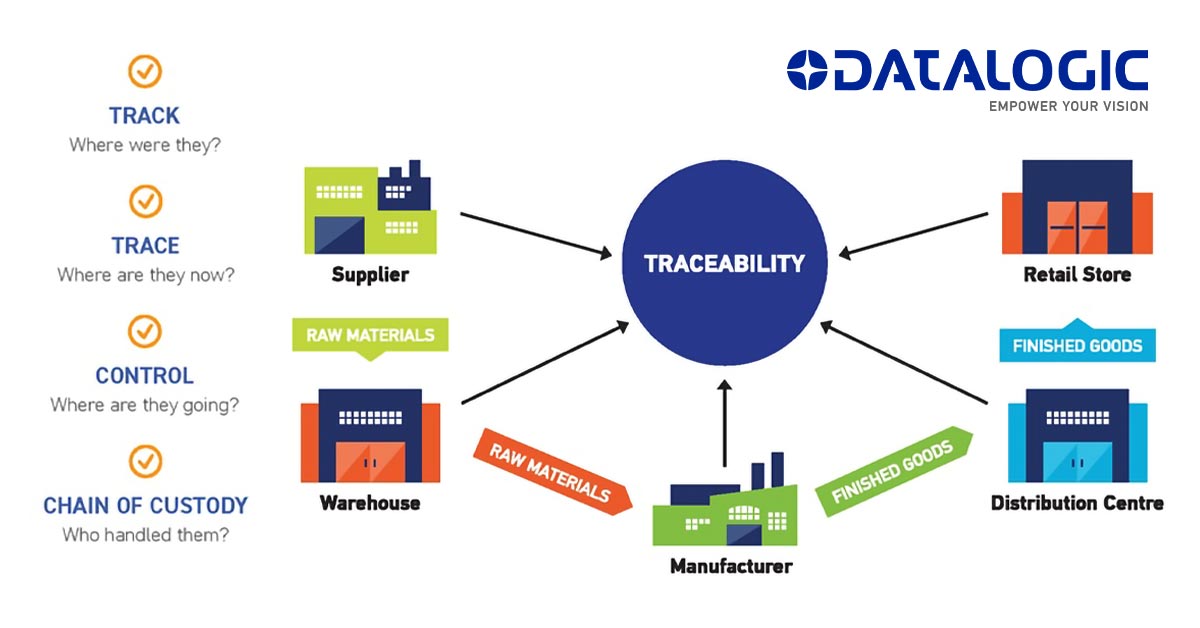In today’s manufacturing environment, tracking the movement of products through the supply chain is ever more important. Through the help of traceability, manufacturers can keep track of everything from where a product was made, to who handled it along the way, to where it is currently located. In this article, we will discuss the following:
- What is traceability?
- What are the different types of traceability?
- Why is traceability important for manufacturing processes?
- How does traceability work in manufacturing processes?
- What are the benefits of implementing traceability in manufacturing processes?
- How to implement traceability with Datalogic solutions?
- Conclusion
What is traceability?
The term traceability refers to the ability to track and monitor products as they move through supply chains. This can be done manually or electronically and ideally, the manufacturer should be able to record and document the entire history of a product’s lifecycle: from raw materials acquisition to finished product shipment.



- Traceability details should include:
- Origin of product’s components
- Inspection results on the product
- Time spent at each component
- Overall production timeline
- Product’s final destination
Today, traceability is used in many areas such as chemical processing, food traceability, inventory management, and monitoring of raw materials.
What are the different types of traceability?
Now that we know what traceability is, let us now evaluate the various types of traceability available in the manufacturing industry today.
Traceability comes in a few forms including supply chain traceability, internal traceability, and forward and backward traceability with each serving different purposes.
SUPPLY CHAIN TRACEABILITY
Supply chain traceability refers to the ability to track and monitor raw materials from their origin to finished products from suppliers, through manufacturers, distributors, and retailers, all the way to consumers. This helps businesses ensure that products are being handled safely and efficiently throughout the supply chain, as well as maintain quality control and reduce waste. Consumers also are assured that they are getting high-quality products without much worries.
INTERNAL TRACEABILITY
Internal traceability also known as process traceability refers to tracking the movement of parts/finished products within the factory or the production plant of a company. This includes everything in the manufacturing processes such as the handling and manufacturing of the product to its bill of materials (BOM) and the equipment used to process it.
FORWARD AND BACKWARD TRACEABILITY
Forward and backward traceability refers to the ability to track where a product came from, as well as identify its final destination. This helps identify any defects or problems that may occur along the way and can help manufacturers make informed decisions about how products are handled and processed.
Why is traceability important for manufacturing processes?
Traceability is important for several reasons including ensuring product quality, reducing waste and risk, improving supply chain efficiency, and meeting regulatory compliance requirements. If a product quality issue occurs, the manufacturer must take immediate action to rectify the issue. Any delays may create a sense of distrust among consumers or business partners, thus harming the reputation of the company. In the next section, we will take a look at how traceability works in the manufacturing industry.
How does traceability work in manufacturing processes?
Traceability consists of 4 pillars in the manufacturing processes. Data is logged and recorded at certain stages: purchase orders, shipping records, batching logs, courier routes, and delivery receipts.
Tracking – This concerns knowing where finished goods are and where they are going. Products are tracked as they are received, counted, sorted, dispatched, and loaded. They are scanned at the point of picking, order fulfillment, and shipping. When products are tracked correctly, manufacturers knows the location of every item at any time from its origin to the end customer, and there is documentation to audit every movement. This is known as “traceability downwards”.
Tracing – This is where the origins of items or components are known as they pass through manufacturing and onwards to distribution. Having the data associated with the finished goods means that their ingredients or components can be traced after delivery. This tracing enables manufacturers to action product recall. It is called “upwards traceability”.
Control – Where data flows with the goods it can be linked to an ERP system or a warehouse management system to show what is happening on the factory floor. This enables visibility throughout production and distribution and the processes can be managed to make them more efficient.
Chain of custody – As the products pass from one owner to another – the manufacturer, the wholesaler, the shipping company, the brand manager, and the store manager – the individuals or companies responsible for them can be found at any time.
Other than being able to implement traceability, the ability to capture product data at every stage of the journey, and to do this accurately and in real-time is equally crucial.
What are the benefits of implementing traceability in manufacturing processes?
Now that we understand the importance of traceability and how it works in manufacturing processes, let us explore some of the benefits associated with it.

MINIMIZE COSTS
By understanding how each sector of the manufacturing process is managed through traceability, the manufacturer gets to understand the failures, the reasons behind them, the losses involved, and the remedial actions to be taken as soon as possible. This greatly minimizes manufacturing process costs.
IMPROVE SUPPLY CHAIN EFFICIENCY
Traceability helps manufacturers gain insights into areas of the supply chain that may be vulnerable to disruption and make necessary changes. By tracking the product through its entire lifecycle — from raw material sourcing to the customer, traceability helps to ensure a smooth flow of operations resulting in improved supply chain efficiency.
ENSURE PRODUCT QUALITY
By tracking every aspect of the manufacturing process, any issues with products can be identified quickly. In addition, lower-quality materials are less likely to be substituted in your product as traceability can pinpoint their origin. This helps to ensure that the finished products meet the highest quality standards.
How to implement traceability with Datalogic solutions?
Datalogic provides the most comprehensive portfolio of products and solutions to deploy traceability systems for manufacturers. There is a device for every need throughout the manufacturing processes, from simple handheld barcode scanners to powerful mobile computers
Handheld readers: Whether your organization is looking to automate the data collection activity, properly manage the warehouse inventory, assure the correct traceability among the entire supply chain, enhance check-out speed in the retail environment as well as improve transaction accuracy and efficiency in the store, handheld scanners give a solution for a wide range of applications. Demanding applications require ruggedized, cordless, handheld scanners that are versatile, easy to use, and feature outstanding radio range for forklift picking, bin picking, order fulfillment, and shipping and receiving
Mobile computers: Mobile computers help manufacturers to improve efficiency and reliability on all their tracking activities in every area of the manufacturing process. Whether tracing all components used for assembly of finished goods, to managing inventory, tracing goods in delivery up to stock rotation, and assisting sales on the shop floor, mobile computers are fast becoming the trusted work companion of all operators.
Stationery industrial scanners: Stationary industrial scanning allows innovative manufacturers to increase their throughput, improve their accuracy, and add a high level of traceability to their manufacturing, warehousing, logistic, and distribution processes. Integrating stationary industrial scanners in these types of applications provides a cost- effective way to increase and improve internal processes without the hassle of adding additional personnel and overhead.
Conclusion
Implementing traceability can be difficult, but with the right partner, it can be made much easier. Datalogic offers a wide range of solutions to fit any business need and make tracing products and materials easier than ever. With its cutting-edge technology, Datalogic makes it possible to improve supply chain visibility for businesses of all sizes. Contact us to find out more.

